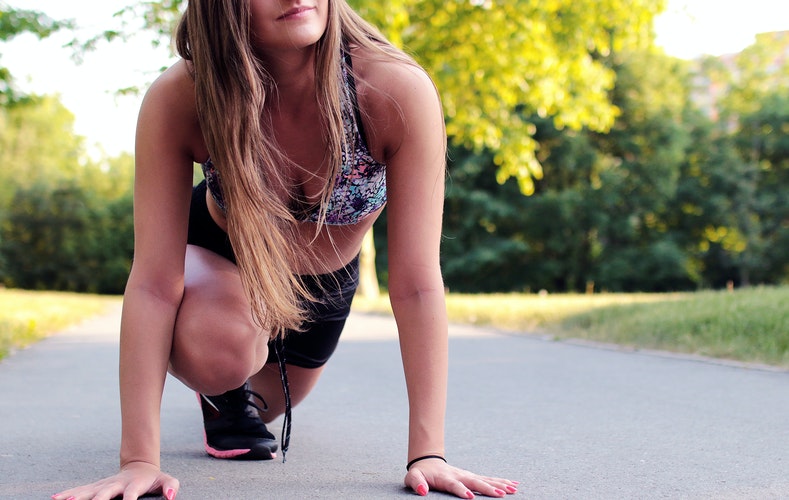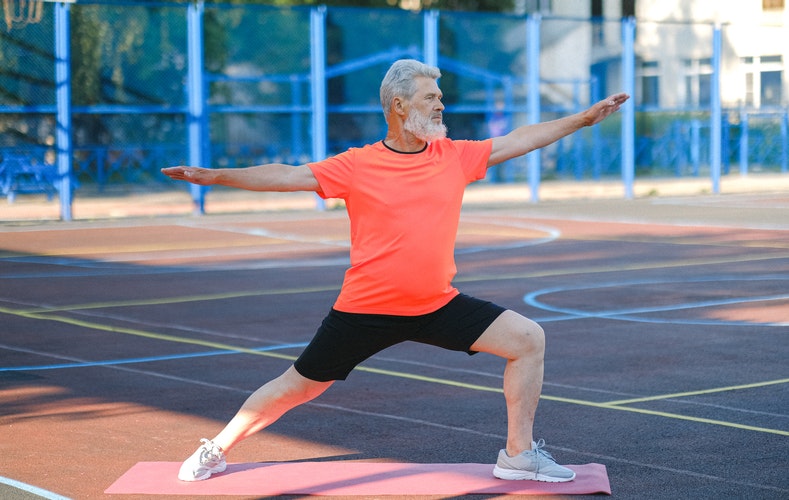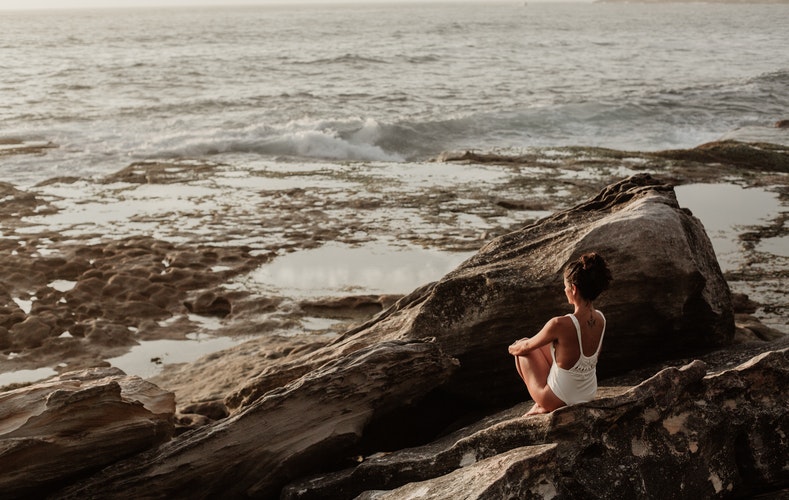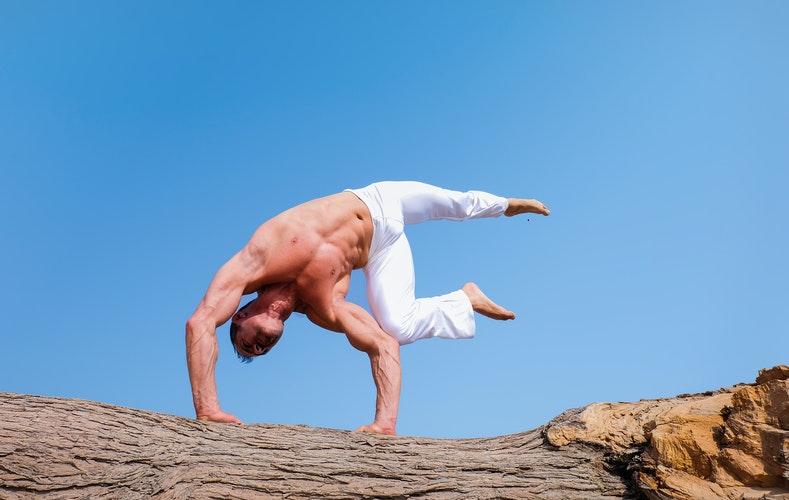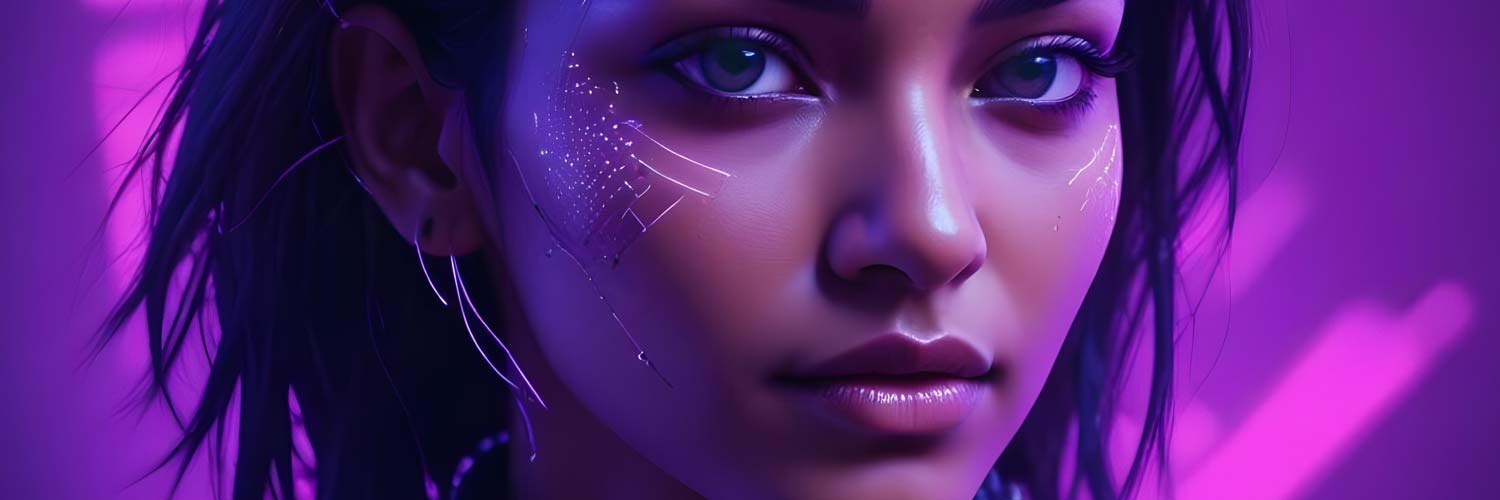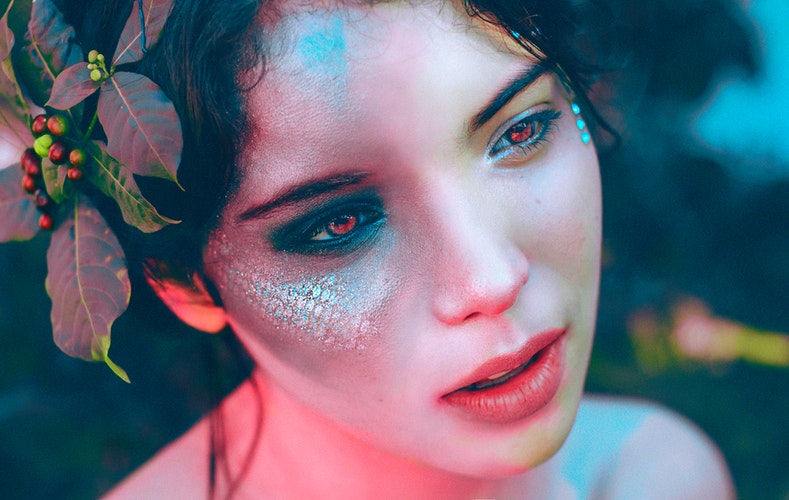
Remember the American Indians getting ready for war in the old western movies? Tribal face painting existed long before the cutes and expressive face paintings offered in today’s society. It’s still possible to see the respected face painting of American Indians at related festivals held around the United States today.
Tribal face painting is not just and never was just a prelude to war. It is included in several types of different celebrations in other countries. Tribes have painted faces for weddings, religious reasons, celebrations of new birth, victory over successful hunts, and as a way to aid their camp-fire storytelling.
Native American tribes took their face painting seriously. They developed their own paints from earthy materials such as roots, berries, clay, and bark. (Woe to anyone who may have had severe allergic reactions to any of these natural substances!) The colors of their face painting held meanings, such as: red for war, black for living (sounds strange, but it’s true), white for peace, green for night vision, yellow for mourning.
African tribal art is done with relevance as well, having spiritual meaning. Red is associated with blood, sexuality, and fire.
Aboriginal face art is used in ceremonies. The Tiwi tribe in Australia practice initiation ceremonies for children, using tribal face painting as a part of their performances. The Yanyuwa people in Northern Territory of Australia practice rituals on a beach. They paint their faces and bodies with ochre and clay, re-enacting the deeds of beings in the mythical past. They then wash off in the water to re-emerge as people again. (For information’s sake, ochre is a yellow or reddish-brown clay containing iron, used as a pigment).
Hunters all over the world, not limited to those considered tribal, often paint their faces with camouflage paint. Dedicated American hunters believe firmly in the art of camouflage, head to toe! Tribal hunters may only paint their faces and bodies to signify that they are going on a hunt or to distinguish them in their group as the ones who do the hunting for food.
In Kenya, Kikuyu men will don highly stylized headdresses and wear face paint for warrior dances.
One place a person is almost certain to see painted faces is in a parade or at a festival. There is a Japanese festival called Shichi-go-san, held November 15. It is for girls, ages 3 and 7, and boys, ages 3 and 5. The parents take their young children to shrines for special blessings for healthy growth. The boys wear suits. The girls wear kimonos. Often you will see Japanese dolls dressed in brightly colored kimonos, wearing wooden sandals called geta. Their faces will be painted completely in white except for the red lips. The hair will be styled with floral adornments.
Tribes have also been known to paint the faces of wooden masks for dances. They will wear costumes, often having designs painted on their arms, chests, and legs. Usually no shoes are worn during these dances, and the dances are often for celebration or story-telling.
FURTHER READING...
Magic Spells – Do They Really Work?
December 3, 2020
The History Of Spirituality’s Role In Health Care
December 3, 2020
Ways To Help Yourself Become A Better Person
December 3, 2020
Frequently Asked Questions about Pre Natal Yoga.
December 3, 2020
Stretching Your Way To Health And Fitness
December 3, 2020
Yoga Schools – What Is Right For You
December 3, 2020
Power Yoga – Powering it up
December 3, 2020
4 Steps To Relieve Back Pain
December 3, 2020
The Benefits Of A Christian Weight Loss Program
December 3, 2020
Latest - post
Category
- ! Без рубрики (7)
- 10100_sat2 (1)
- 10200_sat (1)
- 10250_prod (1)
- 10260_sat (1)
- 10390_sat (1)
- 10400_prod2 (2)
- 10400_prod3 (3)
- 10400_sat (1)
- 10700_sat (1)
- 11800_prod (1)
- 1win (1)
- 9440_prod (1)
- 9600_sat2 (1)
- 9700_sat (1)
- 9700_sat2 (1)
- 9870_sat (1)
- 9900_sat (1)
- 9900_sat2 (1)
- 9925_sat (1)
- 9950_prod (1)
- 9985_sat (1)
- Beste Casino's in België (1)
- blog (36)
- Business (40)
- Candyspinz (1)
- casino (4)
- Environment (10)
- Fashion (8)
- games (1)
- gaming (1)
- Home (175)
- Marketing (11)
- Medical (11)
- News (1)
- Personal Growth (10)
- Post (3)
- Relationship (10)
- Software (11)
- Spiritual (10)
- Technology (15)
- Travel (17)



